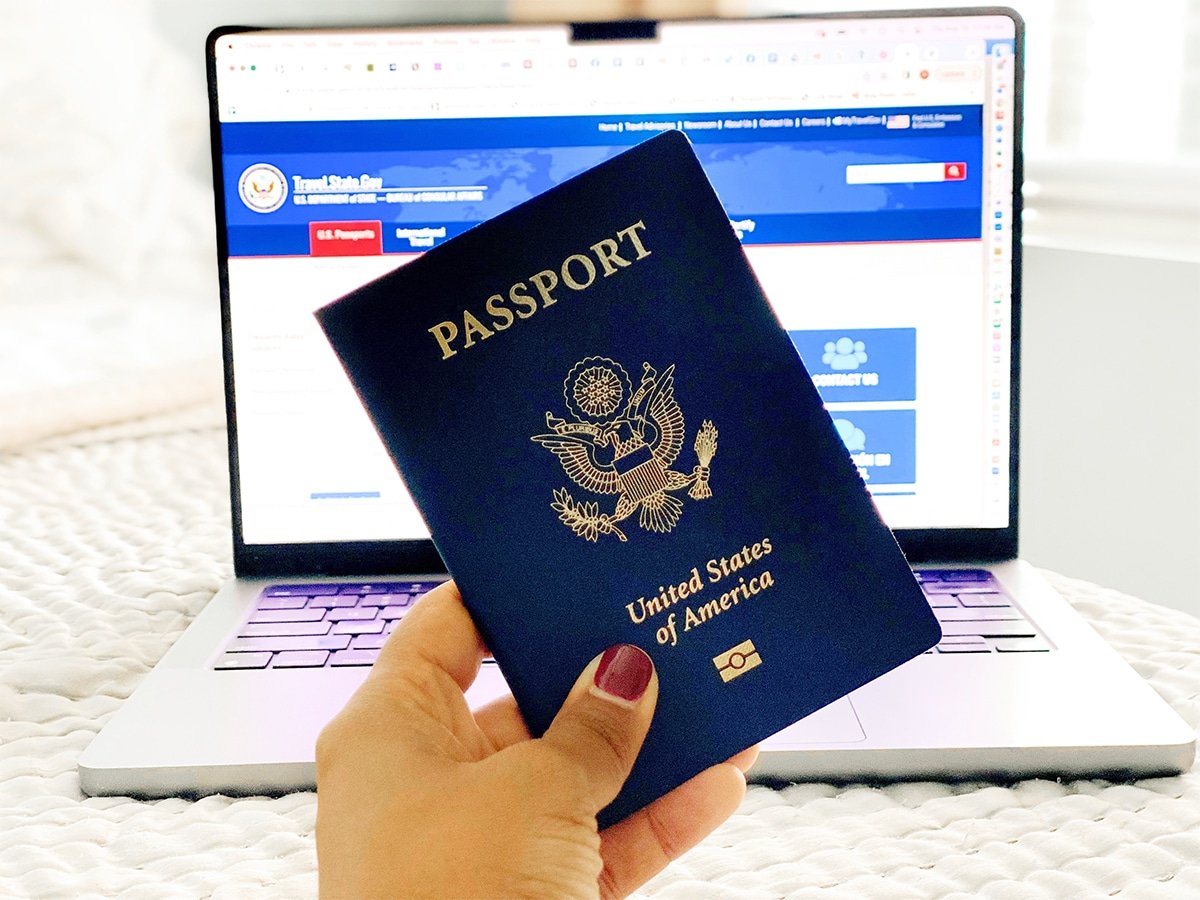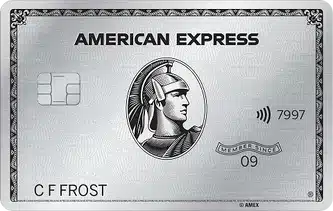This post contains references to products from one or more of our advertisers. We may receive compensation when you click on links to those products. For an explanation of our Advertising Disclosure, visit this page.
When my son was about 18 months old, he found my wallet in my purse, and like most curious children, he opened it up to take a peek inside. It wasn’t my everyday wallet but my zippered travel wallet that had my passport inside. RELATED: True Statement: ‘It’s So Crazy That Your Passport Expires Before it Expires’ – Here’s What Every Traveler Needs to Know

I didn’t see him do any of this but he obviously unzipped the wallet and pulled my passport out. I was reading on the couch when he toddled over to me and proudly handed me my passport … and a torn-out page. My eyeballs almost popped out of my head.
Considering that the rest of my passport was in perfect condition, just one page torn out, and I had plenty of blank pages for stamps, I wondered if it would be okay to travel with it. But I learned that a torn-out page in a passport is a no-go. It may look like you’ve intentionally removed the page for some reason and a torn-out page constitutes damage to your passport.
DID YOU KNOW? Souvenir stamps (novelty stamps given at landmarks like ‘Checkpoint Charlie’ in Berlin or Machu Picchu) could possibly be considered ‘damage’ to your passport, thereby invalidating it?
“The Department of State advises U.S. citizens to avoid the use of novelty stamps in the U.S. passport. The Department could potentially consider novelty stamps as ‘damage’ to the U.S. passport,” a State Department official told Travel + Leisure.
And if you’re ever read the fine print inside your passport, you’ll see on page 5, under ‘Alteration or Mutilation of Passport’, it says: “This passport must not be altered or mutilated in any way. Alteration could make the passport invalid, and if willful, may subject you to prosecution (Title 18, U.S. Code, Section 1543). Only authorized officials of the United States or of foreign countries may place stamps or make notations or additions in this passport.”
I’m a member of various travel groups on Facebook and I see so many posts about damaged passports. One guy posted that his dog had gnawed the corners of his, while a woman wrote that she’d put her husband’s passport through the washing machine after he’d forgotten it in his pocket. PRO TIP: Never keep your passport in your pocket. I learned this the HARD way.
So: What do you do when your passport has been damaged or altered in any way? Can you still travel with it?
According to the U.S. Department of State, “if your passport has been significantly damaged, especially the book cover or the page displaying your personal data and photo, you will need to apply for a new passport. Damage that might require you to replace your passport includes water damage, a significant tear, unofficial markings on the data page, missing visa pages (torn out), a hole punch, or other injuries.”
However, they go on to say that normal wear and tear of a U.S. passport is to be expected and does not necessarily constitute ‘damage’. They say that normal wear and tear is considered to be things like your passport getting somewhat bent or the fanning of pages after extensive opening and closing.
If you need to replace your damaged passport, you will need to submit the following in person (See Where to Apply):
- The damaged passport;
- A signed statement explaining the damaged or mutilated condition of your passport book and/or card;
- Form DS-11; and
- All documents required by Form DS-11, including citizenship documentation (i.e., birth certificate).
If your passport is damaged (or lost or stolen) and you need to get it replaced, bear in mind that wait times can be long so you’ll have to factor that in before booking international travel. At the time of this publication, the U.S. Department of State website says that routine processing time for passports is 10-13 weeks, while expedited passports can take seven to nine weeks, plus an extra $60.
The State Department also warns: “Mailing times are not included in processing times. Processing times only include the time your application is at one of our passport agencies or centers. The total time to get your passport includes both processing and mailing times. It may take up to 2 weeks for applications to arrive by mail at a passport agency or center, and up to 2 weeks for you to receive a completed passport in the mail after we print it. Consider the total time it will take to receive your passport when you are booking travel.”
Bottom line: A lost, stolen or damaged passport is a big headache that you just don’t want to have to deal with. Always store your passport somewhere safe at home, far out of reach of pets and little children and when you’re traveling, use an anti-theft money belt or anti-theft crossbody bag to prevent it from getting stolen.
KEEP READING:
–12 Passport Tips That Will Save You Time, Money and Headaches
–The Most Important Thing I Do When I Travel Internationally Is …
–Rick Steves Got Pickpocketed in Paris: Here’s What He Wants You to Know
–The Most Important Thing For Travelers to Do According to a Safety Expert
–What You Need To Know About Renewing or Getting an Emergency Passport in the U.S.
Want more travel news, tips and deals? Sign up to Johnny Jet’s free newsletter and check out these popular posts: The Travel Gadget Flight Attendants Never Leave Home Without and 12 Ways to Save Money on Baggage Fees. Follow Johnny Jet on MSN, Facebook, Instagram, Pinterest, and YouTube for all of my travel posts.







